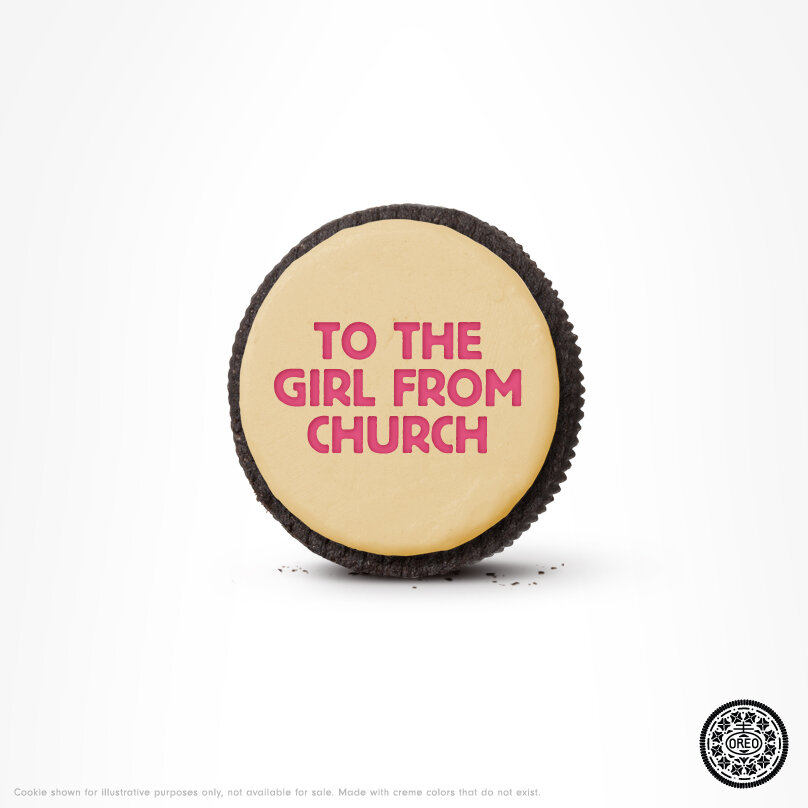In my upcoming part deux of my notes about the future series I will be talking about the arrival of content as being an important key in not only keeping your brand relevant and in conversation but it can be an opportunity to reinvent your brand as well.
Origins
A brand that has recognize this trend and tackled it in a very unconventional way is Oreos. In 2012 to celebrate their 100 years of existence, they dedicated a team made up of four designers and multiple agencies for 100 days and tasked them with curating important events, holidays and major stories into creative portraits using the iconic cookie Oreo.
Over that period, they used their twitter account (@Oreo) to commemorate various moments in the public conciousness.
They had plenty to chose from, yet they were both selective and inclusive of the type of events and causes they wanted to celebrate, not shying away from human rights issues. And the events they chose were not just based on a Hallmark calendar but on events in the public consciousness like the Mars Rover Landing.
Evolution = CrowdSource
For Valentine's day they decided to one up themselves and create content in real time in response to consumers tweets. All a user had to do was follow @Oreo, tweet to them and in the message type what they wanted to appear on the Oreo creation. Once that was done all that remained was to add the hashtag #OreoCupid, hit send and they were done. To make sure folks knew what was going on, the event was promoted with a promoted Tweet and on their Facebook Page.
By letting consumers be part of the creation process instead of just recipients, they had a much higher chance of getting those engaged consumers to become evangelists and influencers on their behalf. In addition, the message were contextually very relevant and important to the participants. They ranged from expressions or love to an actual marriage proposal. Add to that the Oreo creation is an inherently social object ( a message between two people ) and you got a winning concept.
Unlike traditional marketing, there was no team of big idea thinkers holed up in a room for weeks at a time going over every pixel and word. Quite the contrary what was needed is an agile marketing and production team. While the messages were selected to go into the creation, members on the brand team approved in a rapid fashion those that were to be displayed. Typical advertising cycles be damn, this speaks to the speed at which decision need to be made and content created to keep your brand in the conversation.
Conclusion: Responding in real time to tweets to create a unique personalized social object requires a different set of skills that marketers and brands are used to. It requires agile decision-making and production capabilities. But most of all they require risk-taking and reduction in the obsession over pixels and words. But in the eye of the consumers, these are win-win. Who doesn't like the idea of receiving a personalized image, especially those of us who wait till the last minute to get our loved ones something.
As a consumer do initiatives like these make you more fond of a brand? Do you think they matter or just a blip on the radar?










